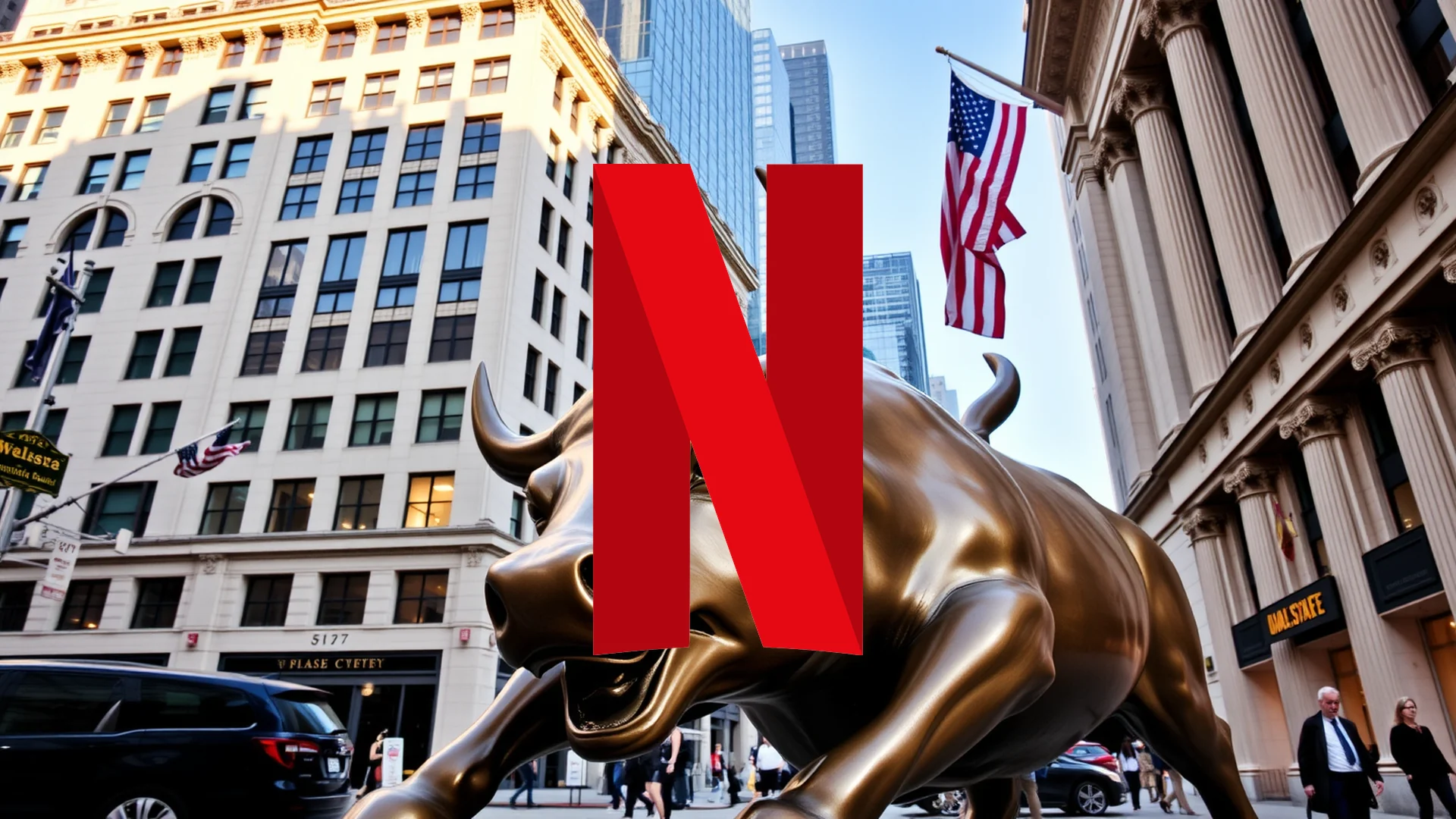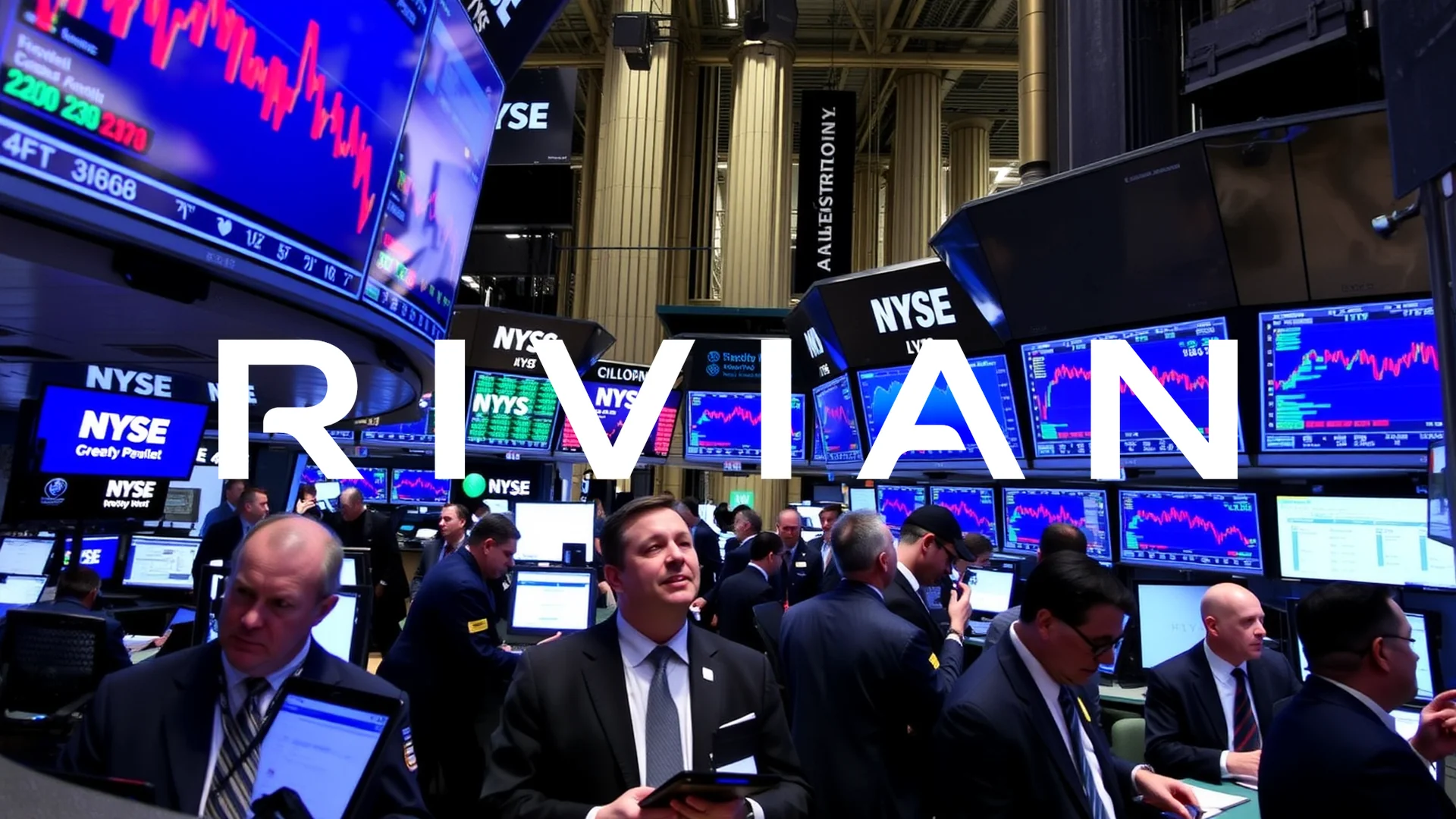The chapter closes on Walgreens Boots Alliance’s nearly 98-year history as a publicly traded entity, following the finalization of its acquisition by private equity firm Sycamore Partners. The transaction, valued at up to $23.7 billion including assumed debt, signifies a pivotal transformation for the struggling pharmacy operator.
Shareholders will receive $11.45 per share in cash, along with potential future claims of up to an additional $3 per share tied to the eventual disposition of VillageMD assets. The company’s stock has been officially delisted from the Nasdaq exchange effective immediately.
Immediate Leadership and Structural Overhaul
Sycamore Partners has moved swiftly to implement sweeping changes, commencing with a leadership transition. Mike Motz, the former CEO of Staples US Retail, has been appointed to lead Walgreens without delay. Tim Wentworth, who guided the corporation through a challenging turnaround phase, will retain a position on the board of directors.
The most significant development involves the strategic breakup of the former conglomerate into five distinct, independently operated businesses:
– Walgreens (retail pharmacy operations)
– The Boots Group (UK health and beauty retailer)
– Shields Health Solutions (specialty pharmacy provider)
– CareCentrix (post-acute care services)
– VillageMD (primary care clinics, including Summit Health and CityMD)
A Decade of Decline Precedes the Deal
This acquisition concludes a prolonged period of operational and financial difficulty for the company. Walgreens witnessed a dramatic erosion in its market valuation, plummeting from approximately $100 billion a decade ago to a mere $9.5 billion at the time the deal was announced in March 2025.
A combination of pressures, including declining prescription reimbursement rates, intense competition from online retailers like Amazon, and significant operational headwinds, forced the chain to take drastic action. The company previously announced plans to shutter roughly 1,200 stores over a three-year period, with 500 of those closures scheduled for the 2025 fiscal year alone.
Despite reporting a 7 percent increase in revenue to $39.5 billion for the first quarter of 2025, the company still posted an operational loss.
Should investors sell immediately? Or is it worth buying Walgreens?
Industry Concerns and Critical Voices
The takeover by a private equity investor has been met with substantial apprehension from industry observers. Shane Jerominski of the Pharmacy Guild has warned of “serious consequences for both pharmacists and patients,” citing the potential for further store closures, staff reductions, and an increased risk of medication errors.
The Private Equity Stakeholder Project pointed to Sycamore’s track record, noting the firm closed one-third of all Staples locations in the U.S. following its acquisition of the office supply retailer—an alarming precedent for Walgreens and its network of 8,500 stores.
In contrast, Stefano Pessina, who is reinvesting a significant portion of his proceeds back into the business, views the move as a fresh start, calling it a “milestone that begins a new chapter.” Sycamore executive Stefan Kaluzny has emphasized a commitment to local communities, though this pledge appears to conflict with the firm’s reputation for implementing aggressive cost-cutting measures.
Sector-Wide Pressures Intensify
Walgreens’ situation reflects broader challenges confronting the entire pharmacy sector. Competitors CVS Health and Rite Aid are also executing widespread store closures, raising concerns about the emergence of “pharmacy deserts” in underserved communities.
Recent regulatory shifts have further complicated operations, particularly in vaccine distribution. New FDA criteria have prompted both CVS and Walgreens to limit their COVID-19 vaccine offerings in several states.
The Path Forward as a Private Entity
Operating as a private company affords Walgreens greater flexibility to enact operational changes without the constant scrutiny of quarterly earnings reports. The new ownership is expected to concentrate on strengthening the core retail pharmacy business, while its broader healthcare investments will likely be restructured or sold.
The future for Walgreens’ 220,000 employees and the nearly 9 million customers it serves daily now hinges on Sycamore’s ability to balance the pursuit of operational efficiency with the maintenance of essential healthcare services. This historic transition leaves the ultimate outcome uncertain.
Ad
Walgreens Stock: Buy or Sell?! New Walgreens Analysis from December 12 delivers the answer:
The latest Walgreens figures speak for themselves: Urgent action needed for Walgreens investors. Is it worth buying or should you sell? Find out what to do now in the current free analysis from December 12.
Walgreens: Buy or sell? Read more here...











